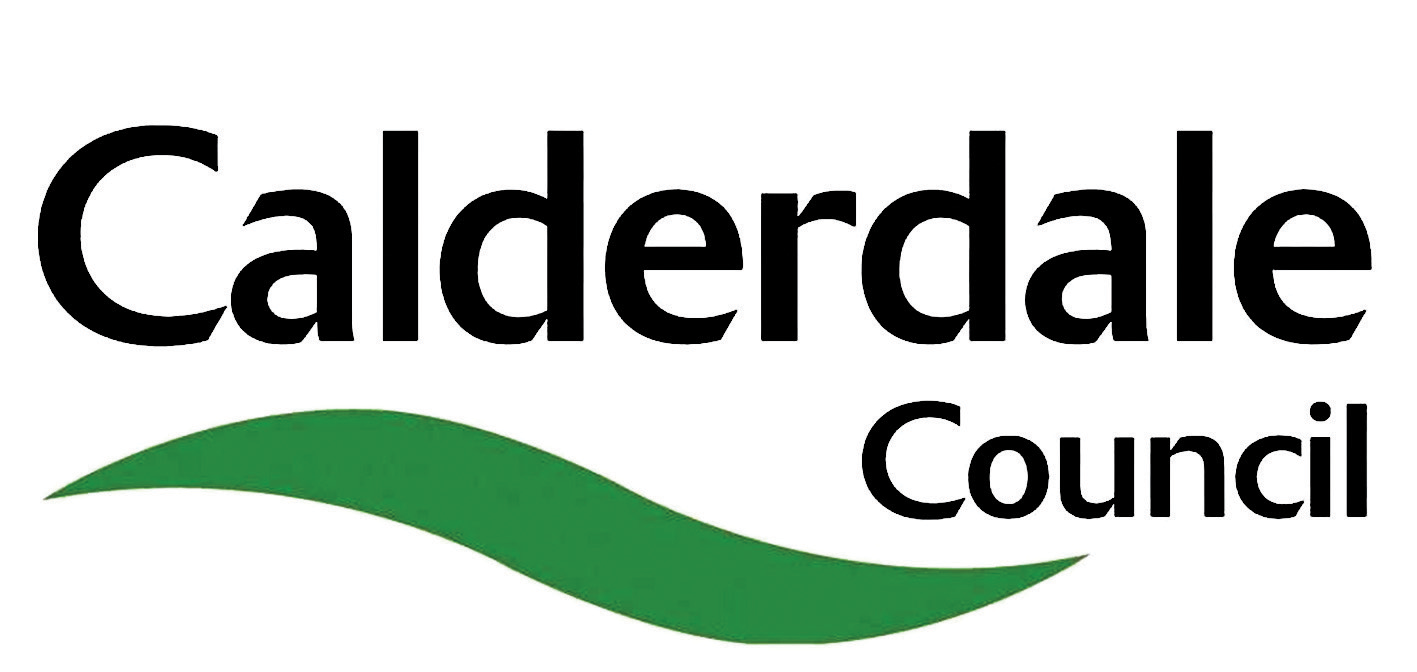A child with a significant fever will have a body temperature above 38°C. Your child may also feel tired, look pale, have a poor appetite, be irritable, have a headache or other aches and pains and feel generally unwell. Take the temperature from the armpit, using an electronic thermometer (don’t use in the mouth of under 5s) or use an ear thermometer. Remember that measurements from under the arm are less accurate as the armpit is slightly cooler.
A fever is part of the body’s natural response to fight infection and can often be left to run its course provided your child is drinking enough and is otherwise well. If your child is having trouble drinking, trying to reduce their temperature may help with this. This is important to prevent your child from becoming dehydrated, which can cause kidney problems. Your child’s urine should be pale yellow - if it is darker, your child needs to drink more fluids.
Fevers are common in young children. They are usually caused by viral infections and clear up without treatment. However, a fever can occasionally be a sign of a more serious illness such as a severe bacterial infection of the blood (septicaemia), urinary tract infection, pneumonia or meningitis.
You should also contact your GP if fever symptoms are not improving after 48 hours. Check your child during the night.
Always seek medical advice if your child develops a fever soon after an operation, or soon after travelling abroad.
When looking after a feverish child at home you should:
-
Get the child to drink more (where a baby or child is breastfed the most appropriate fluid is breast milk).
-
Look for signs of dehydration: reduced wet nappies, dry mouth, sunken eyes, no tears, poor overall appearance, sunken soft spot on baby’s head.
-
If your child is dehydrated contact your GP or call 111.
-
Know how to identify a meningitis rash (see meningitis).
-
Check child during the night.
Source: NICE, Feverish illness in children/2013
A little fever isn’t usually a worry for an older child.
Contact your GP if your child seems unusually ill,
has a high temperature which doesn’t come
down or is having difficulty breathing. With older
children it’s not so much the temperature to look
out for but the other symptoms.
It’s important to encourage your child to drink
as much fluid as possible. Water is best.
A febrile seizure or convulsion is a fit that can happen when a
child has a fever. They often occur during the first day of a fever.
However, there appears to be no connection between the extent
of your child’s fever and the start of a seizure. Seizures can occur
even if your child has a mild fever. You should take your child to
A&E or call 999 for an ambulance if:
Your child is having a fit for the first time.
The seizure lasts longer than five minutes and shows no signs
of stopping.
You suspect the seizure is being caused by another serious
illness, for example meningitis.
Your child is having breathing difficulties.
If your child has previously had febrile seizures, it's recommended
that you telephone your GP or call NHS 111 for advice. While
febrile seizures may be frightening, most are harmless and don't
pose a threat to a child’s health.
See the video above.



